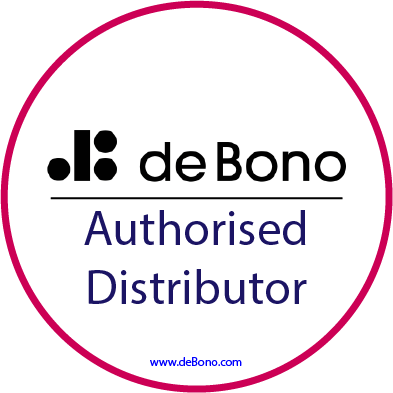 Everyone loves a clear and concise document. What’s more, the easier your document is to read, the more likely your message will be understood and actioned.
Everyone loves a clear and concise document. What’s more, the easier your document is to read, the more likely your message will be understood and actioned.
The FOG Index is a simple way you can assess how accessible your writing is. Follow these simple steps to calculate your readability:
- Select a passage. One or more full paragraphs of around 100 words. Do not omit any sentences;
- Determine the average sentence length. (Divide the number of words by the number of sentences.);
- Count the “complex” words: those with three or more syllables. Do not include proper nouns, familiar jargon, or compound words. Do not include common suffixes (such as -es, -ed, or -ing) as a syllable;
- Add the average sentence length and the percentage of complex words; and
- Multiply the result by 0.4.
The ideal score for readability with the Fog index is 7 or 8.
Anything above 12 is likely to be too hard for most people to read. For instance, The Bible, Shakespeare and Mark Twain have Fog Indexes of around 6. The leading business magazines, like Time, Newsweek, and the Wall Street Journal average around 11.
The underlying message of the FOG Index formula is that short sentences written in Plain English achieve a better score than long sentences written in complicated language. The simpler the language used – the more likely more people will want to read your document.
To learn more ways in which you can dramatically improve your writing – take a look at our Writing Dynamics workshop here:
- Webpage: https://www.indigobusiness.co.uk/Workshop/writing-dynamics
- Online Brochure: https://issuu.com/indigotraining/docs/writingdynamics
- YouTube Overview: https://youtu.be/bhBeWLS9Vg4


